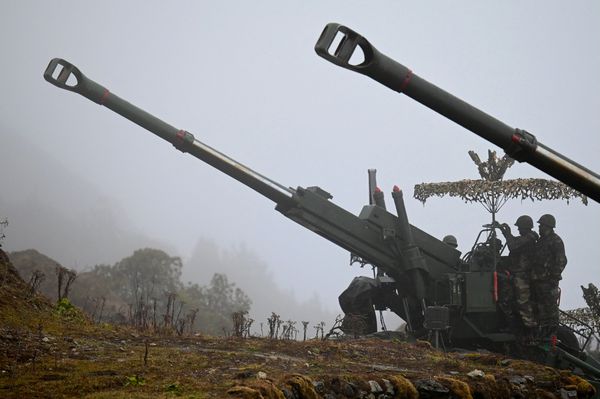NEW DELHI: The Indian security establishment on Tuesday sought to downplay the festering controversy over China’s construction of a new village on the disputed border in the Upper Subansiri district of Arunachal Pradesh by stressing the area in question had been under Beijing’s occupation since 1959.
The fact, however, remains that the large 100-home village on the banks of River Tsari Chu is on territory claimed by India, and its construction last year violates bilateral agreements between the two countries. “The village is on territory which the Indian Army describes as ‘adverse occupation’ by China. We can do little about it,” said an official.
China, in fact, has been building as many as 628 ‘xiaokang’ model border defence villages along the 3,488-km Line of Actual Control (LAC), stretching from eastern Ladakh to Arunachal Pradesh, over the last few years. “While most of these villages are on the Chinese side of the LAC, some are on disputed territory like the one in question in Arunachal Pradesh,” said the official.
This particular village came into focus once again last week after the latest Pentagon report on China’s military power made a reference to Beijing building the “large 100-home civilian village inside disputed territory between the Tibet Autonomous Region and Arunachal Pradesh” last year, as was reported by TOI.
Reacting to this on Tuesday, official sources in the Indian security establishment said, “The village along the disputed border in the Upper Subansiri district is on territory controlled by China. They have, for years, maintained an army post in the region and the various constructions undertaken by the Chinese have not happened in a short time.”
“The village has been built by China in an area that was occupied by the People’s Liberation Army (PLA) after overrunning an Assam Rifles post in 1959, in the operation known as Longju incident along the frontier in Arunachal Pradesh,” the sources added.
But there is also major concern that China is staking claim to disputed areas by continuing to settle people, who are provided with all amenities and hefty subsidies, in border areas. Moreover, these “dual-use” villages can act as “extended troop cantonments” in times of hostilities.
It is also seen as violating Article VII of the 2005 bilateral agreement, which laid down the “guiding principles for the settlement” of the India-China boundary question”. It clearly specifies: “In reaching a boundary settlement, the two sides shall safeguard due interests of their settled populations in the border areas.” Referring to this, an official said, “China can use this to claim its settled populations in such villages should not be disturbed when the boundary is finalized. China, in effect, will lay claim to such areas as undisputed.”
“It is, of course, another matter that the boundary settlement between India and China is nowhere on the horizon. China, in fact, has so far even refused to ‘clarify’ the LAC, which will help prevent or reduce face-offs. The Ladakh standoff has only hardened stands in the two countries,” he added.





































